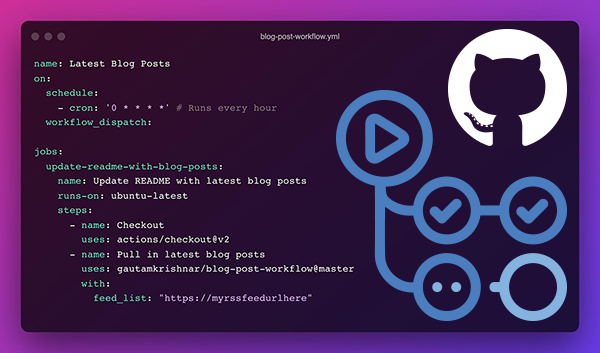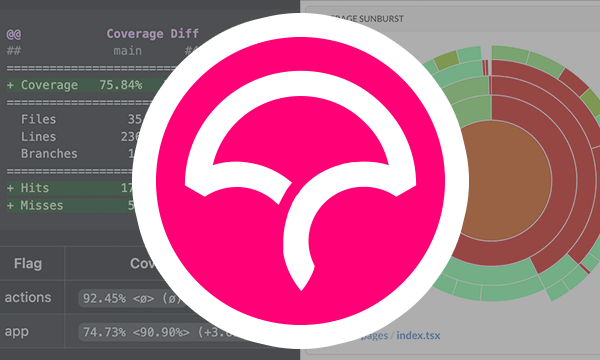Understanding jQuery data() storage
It is a common misunderstanding that .data("key") is simply a shortcut for .attr("data-key").
.data() does read HTML5 data attributes, but this is only the first time it is called, as per the documentation:
The data- attributes are pulled in the first time the data property is accessed and then are no longer accessed or mutated (all data values are then stored internally in jQuery).
After they've been read once, they are then stored in jQuery's cache object, $.cache.
Each element with a data attribute is assigned an index in the $.cache object.
From then on, any calls to .data() or any setting of data values via .data("key", "value") are then stored in the $.cache object.
This can be proved by comparing the values of .attr("data-key") and .data("key") after a value has been set for data("key"):
var $myDiv = $(".myDiv");
//Display value before changing the data
alert($myDiv.data("foo")); //Displays "bar"
//Change the data value
$myDiv.data("foo", "baz");
//Display the value after changing the data
alert($myDiv.data("foo")) //Displays "baz"
//Display the value of the elements "data-foo" attribute
alert($myDiv.attr("data-foo")); //Displays "bar"
Click here to see a jsFiddle example
To find where this data is stored in the jQuery cache, we can use $.expando to find its cache index, and then write this to the console to see the data.
For example if I have the following HTML markup:
<div class="myDiv" data-foo="bar"></div>
Once .data() has been set on this element, we can access its jQuery cache index by calling:
$(".myDiv")[0][$.expando]
This will return an integer value of the index position in the jQuery cache. Therefore we can use the following to output the data in the console:
var $myDiv = $(".myDiv");
$myDiv.data("foo", "baz");
var cacheIndex = $myDiv[0][$.expando];
console.log($.cache[cacheIndex]);
This then outputs:

Click here to see a jsFiddle example
In reality you will never need to do this as the data can be accessed far easier using the .data() function, but its useful to understand how this data is stored.



